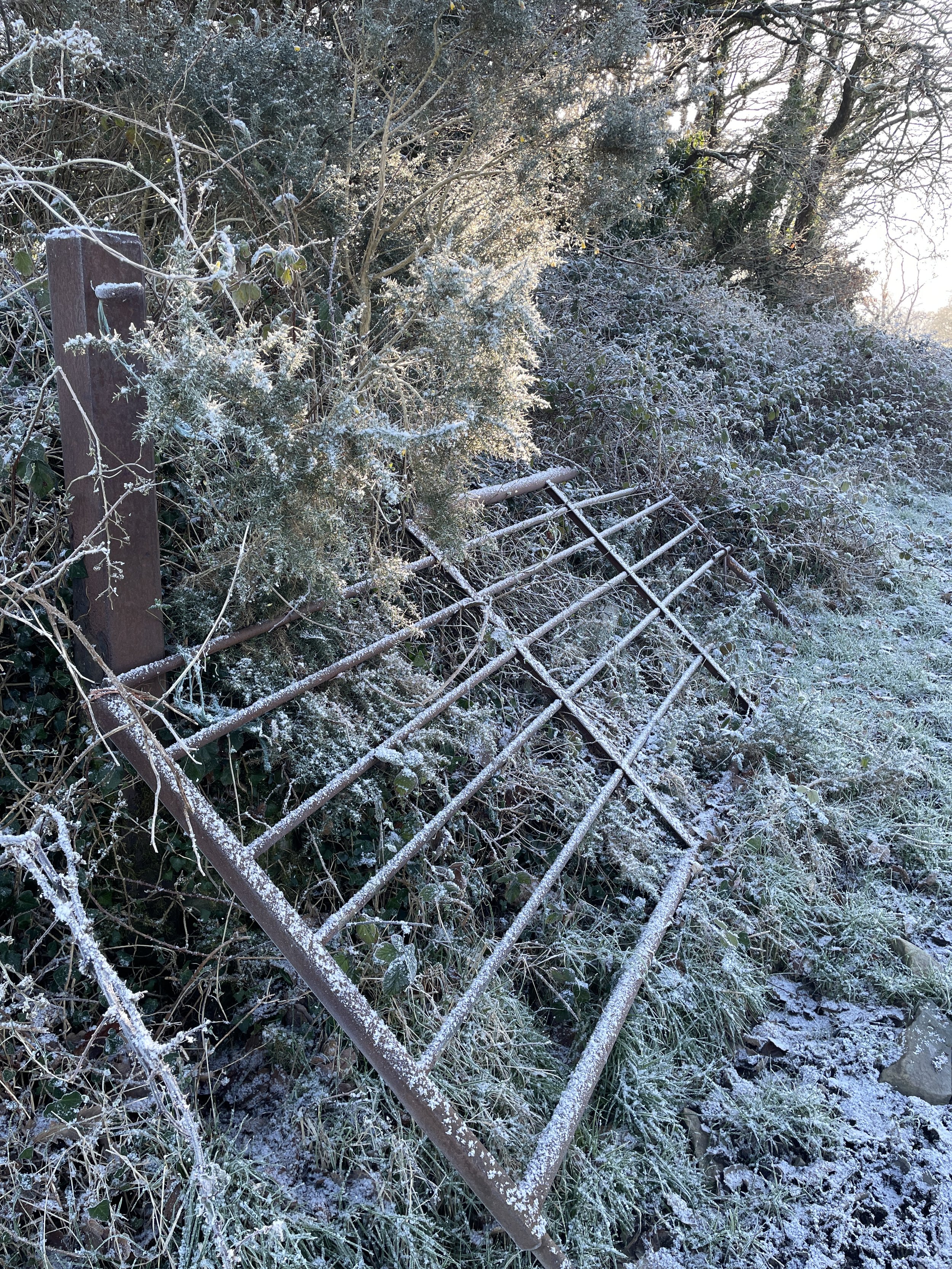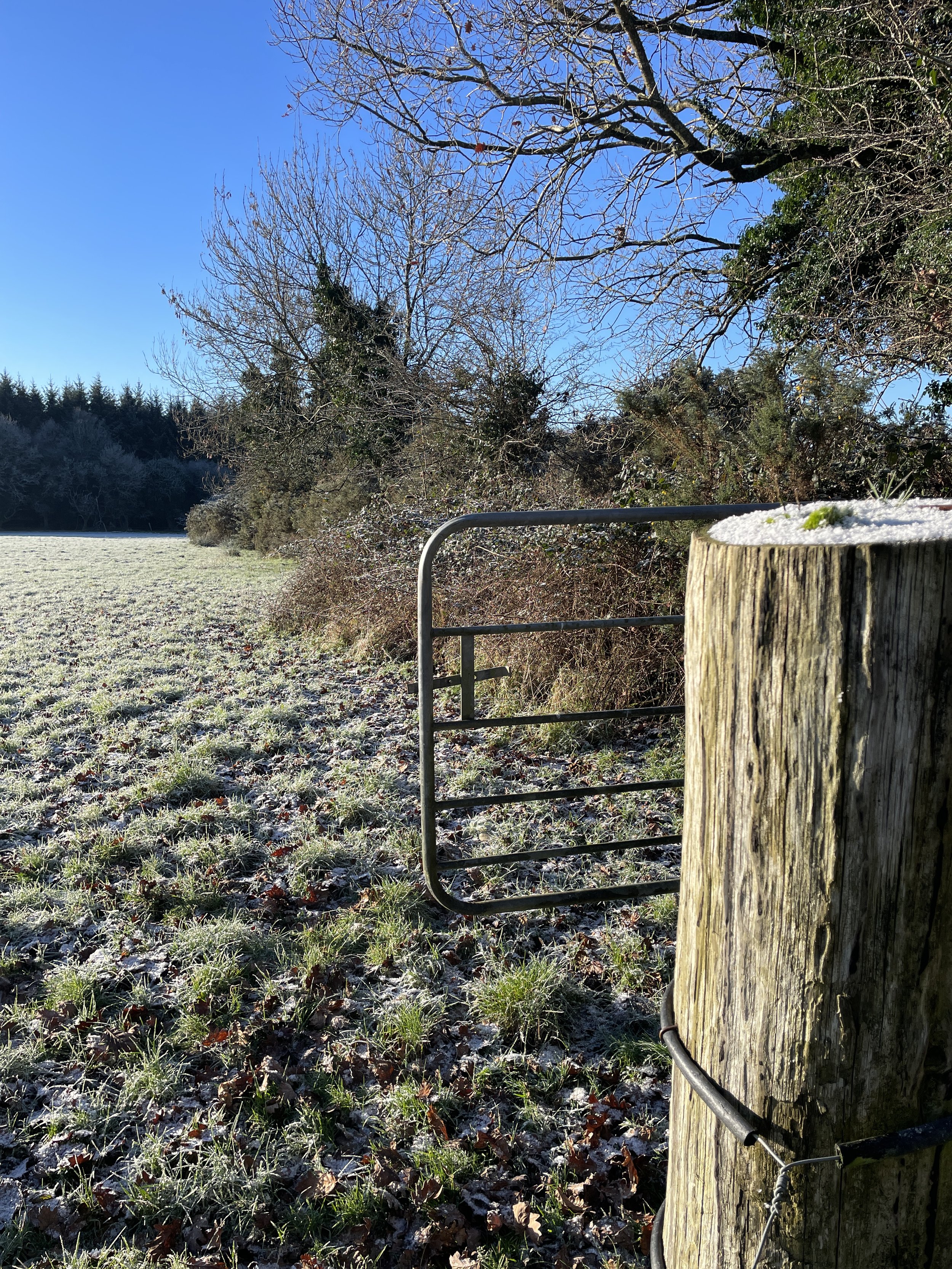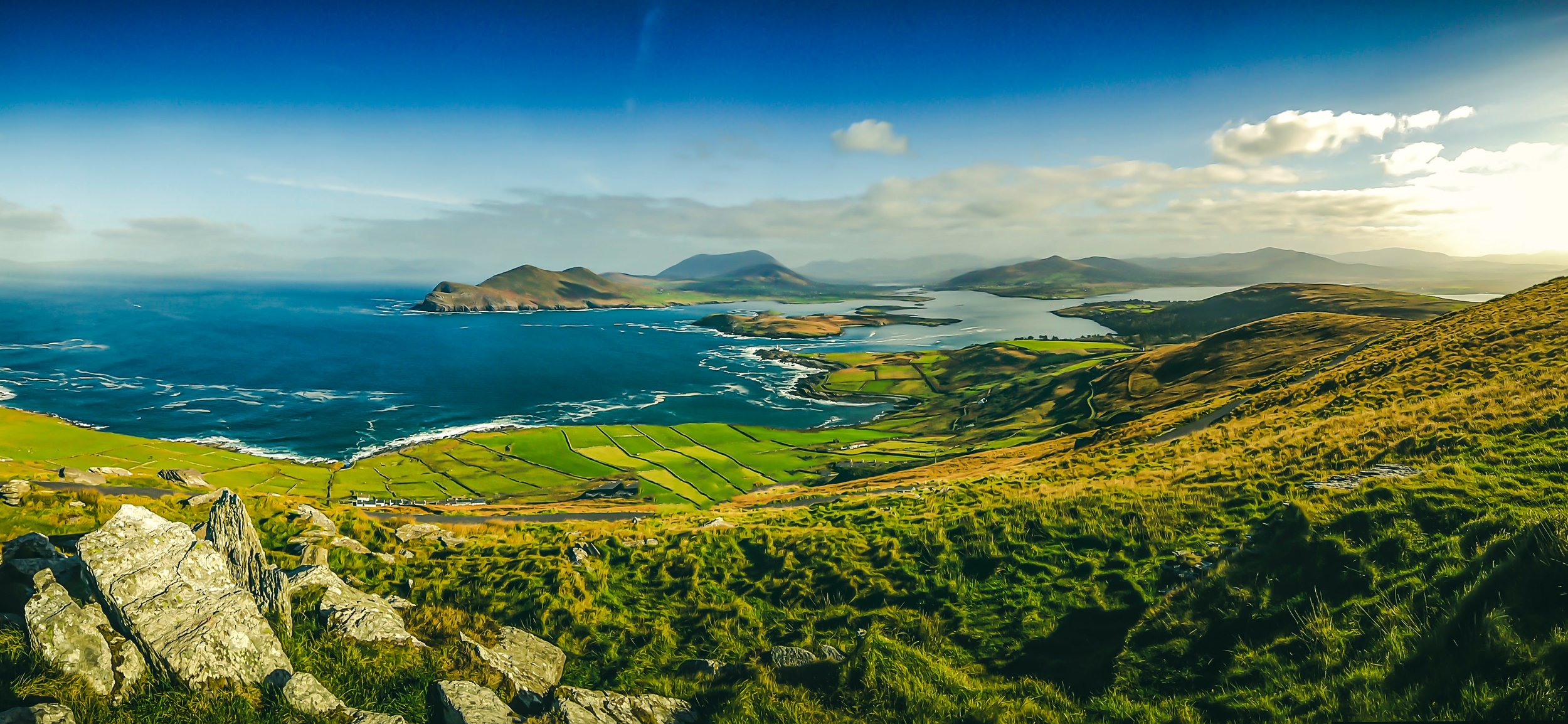
Our community owned, solar farm aims to return more than €3 million to charities in Kerry over the project lifetime.
A Kerry Community Solar Farm
We believe community energy offers a unique way for us all to be proactive about how and where its electricity comes from and how any profits get reinvested locally. It offers a way for anyone to own a piece of the project, to get a fair return for the investment and to make a real difference in our community.
Creating a “mass ownership” solar farm in Kerry takes a lot of patience and quite a bit of good fortune. For a volunteer driven project there are lots of hurdles to clear!
We would love for you to join us on this journey.
Views from our leading candidate site






Scattered through the county there are a number of “small” ** solar farm sites that have been granted planning permission but are no longer attractive to commercial energy developers. Energy developers today think globally and won’t really consider any solar projects of less than 50MW. Here in the gap between commercial and domestic lies a great opportunity for communities to come together and invest in their own electricity production.
** small is relative! A 5MW solar farm will produce enough electricity to power 1,500 homes for the year.
Frequently Asked Questions
What exactly is a solar farm? How do you make one?
Compared to most other types of energy generation, solar farms are gentle on the environment and unobtrusive. They don’t need to be built on the top of a hill and don’t require huge amounts of concrete. In terms of disruption to the community during construction they can be built in a few months. After construction we’d plan to either graze sheep or have wildflower meadows around the panels.
Here is a great video from West Solar community co-op in the UK showing their 2.4MW solar farm being built in just over 6 weeks in 2014
Will it damage the environment?
Solar farms sit lightly on the landscape and managed well can give both farming and biodiversity wins.
First off during construction there are no huge concrete foundations or heavy earth moving. The panels are anchored in the ground via simple metal posts driven into the soil.
During operation the land remains productive and healthy. We plan to graze sheep within the main portion of the site. Studies have shown that sheep living among rows of solar panels rest more and appear to experience less heat stress; We will be using the margins of the site for wildflowers and pollinator friendly plants. Recent research from Lancaster University demonstrated that well-managed solar farms are in fact amazing for pollinators.
Each year we will set aside a restoration fund and when the project is over all of the equipment is easily removed and recycled and we return the site to it’s original state.
How much does it cost?
Costs for a solar farm can be broken down into a few blocks. Assuming you are starting from scratch (which we hope to avoid!)… first off you need to find a big enough space close to a piece of the electricity grid with “spare capacity”. That means somewhere relatively modern that won’t become overloaded on a really sunny day when you provide all this great clean electricity. Once you’ve found a site you need to agree an option to lease that land from the local landowner. Next you need to go through planning permission which will involve traffic, ecological and archaeological and other surveys to ensure the site is suitable (this might cost 20k to 200k). Next you need to agree a connection cost to the grid with ESB Networks (this might cost 500k to multiple millions - we’ll come back to this in the risk section). Now you need to agree a buyer for the electricity once it’s being produced and ensure the price you can negotiated x the amount you’ll produce will pay off your costs and give a reasonable return. If everything adds up you’ll lease the land (aprox. 1k per acre per year) and bring in a specialist contractor to build the solar farm (aprox. 1m per MW). You’ll also need to bring on a contractor who provides support and maintenance for the site for its 20 or so year lifetime.
How much space does a solar farm need?
When we talk about “utility scale” community energy we normally mean anything from 50kW to 5MW. The solar panels needed to generate 50kW need about the space of a basketball court. To generate 5MW we need about 20 acres. The principles are all the same. In fact bigger is better as all the infrastructure cost is spread out over more generation..
Where will this solar farm be located?
We are actively investigating a number of currently paused solar farms to see if they may be viable as community owned projects.
So what are the risks to a project like this?
Well there are a lot of things that might make a project or a site unviable. Some can be budgeted against others are unpredictable. The biggest variable in a solar farm project seems to be the availability of capacity and the cost to connect to the Electricity grid. As it stand this does mean that many sites that might be ideal for a solar farm are economically unviable.
Does the government help community groups for proojects like this?
SEAI Sustainable Energy Association of Ireland actively help community groups and they are helping us through appointment of an advisor. It’s a fast changing regulatory environment and details of schemes, supports and how to engage can be hard to keep up with. What is clear however is that Nationally we’ve set a target of having 500MW of community owned energy projects by 2030 so as a Nation we’ve a lot to do in not a lot of time.
As of April 12th 2023 the minister for the environment announced..
Support for communities for the development of renewable projects will now transition to the non-competitive Small-Scale Generation Scheme (SSGS), which is due to be launched later this year. This scheme will align more closely to the capacity of the community energy sector, thus ensuring a more sustainable delivery of the renewable energy community target of 500MW by 2030.
[April 6th 2024 - the SSGS is disappointedly still not announced]
